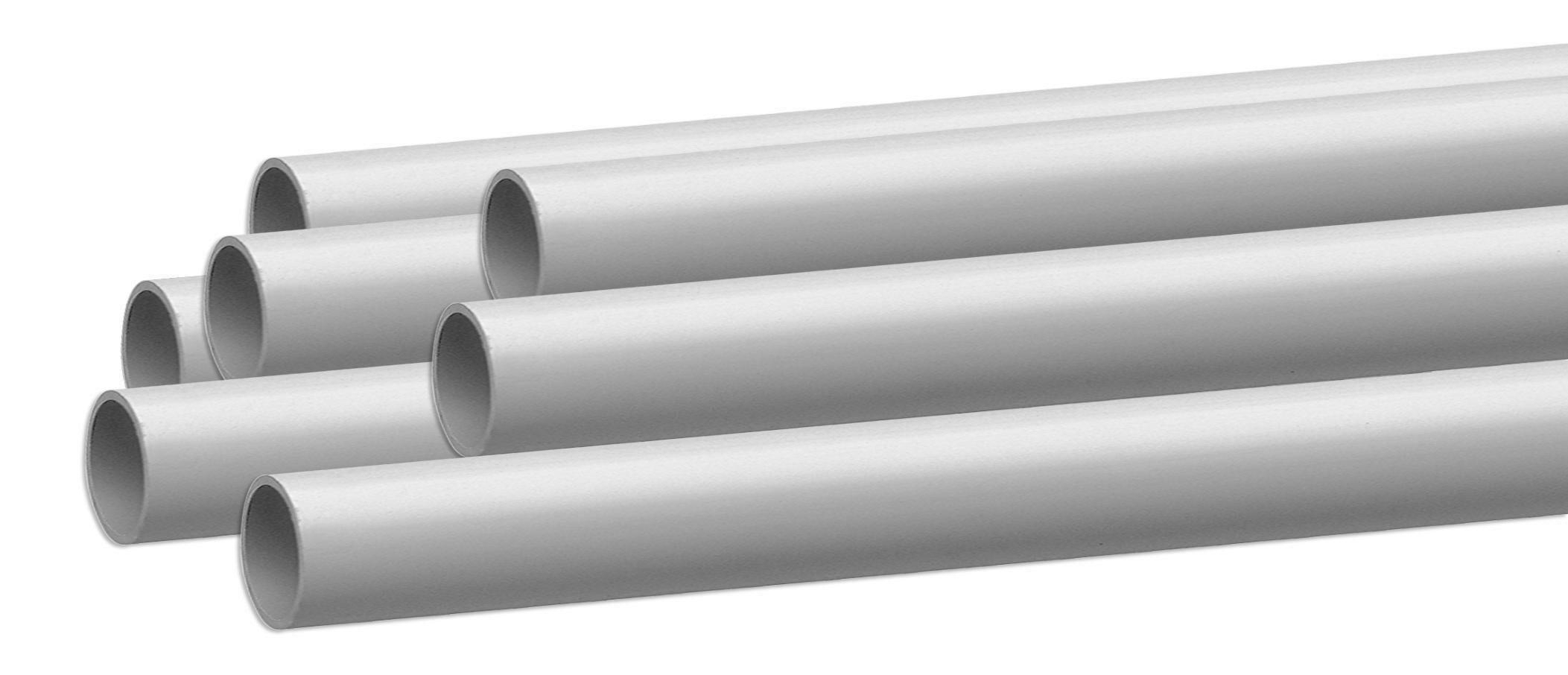

Articles
How Many Wires In 1 Inch PVC Conduit
Modified: March 2, 2024
Discover the article on how many wires can fit into a 1-inch PVC conduit. Explore the key factors and guidelines for proper wire capacity in conduit.
(Many of the links in this article redirect to a specific reviewed product. Your purchase of these products through affiliate links helps to generate commission for Storables.com, at no extra cost. Learn more)
Introduction
PVC (Polyvinyl Chloride) conduit is a popular choice for protecting and organizing electrical wires in a variety of applications. Whether it’s for residential, commercial, or industrial use, PVC conduit offers durability, flexibility, and ease of installation.
One common question that arises when working with PVC conduit is how many wires can fit inside a 1-inch PVC conduit. This information is crucial for electricians and contractors to ensure a safe and efficient wiring installation.
In this article, we will explore the factors that affect the wire capacity of PVC conduit and provide a calculation method to determine the number of wires that can fit inside a 1-inch PVC conduit successfully.
Understanding the wire capacity of PVC conduit is crucial for several reasons. It helps prevent overcrowding of wires, which can lead to safety hazards, such as increased heat buildup, potential insulation damage, and difficulty in future wire maintenance or upgrades. Additionally, adhering to wire capacity guidelines ensures compliance with electrical codes and regulations.
So, let’s dive into the details and gain a comprehensive understanding of how to determine the number of wires that can be accommodated within a 1-inch PVC conduit.
Key Takeaways:
- PVC conduit wire capacity depends on factors like size, wire gauge, and fill ratio. Understanding these factors and using a calculation method can help determine the maximum number of wires for safe and efficient installations.
- Consult electrical codes and consider wire type, spacing, and bundling when determining wire count in PVC conduit. A calculation method provides a ballpark estimate, but professional guidance ensures accurate results for your specific project.
Read more: How Many #4 Wires In A 1 Inch Conduit
Understanding PVC Conduit
PVC conduit is a type of electrical conduit made from a durable and lightweight plastic material known as polyvinyl chloride. It is commonly used in various electrical installations to protect and route electrical wires, providing insulation and support.
There are two main types of PVC conduit: Schedule 40 and Schedule 80. Schedule 40 PVC conduit is the most commonly used type and is suitable for most residential and commercial applications. Schedule 80 PVC conduit, on the other hand, is thicker and stronger, making it ideal for heavy-duty industrial applications.
PVC conduit comes in different sizes ranging from 1/2 inch to 6 inches in diameter. The size of the conduit refers to the inner diameter (ID) measurement, which determines the maximum number of wires that can be safely accommodated.
PVC conduit offers several advantages over other types of conduits. It is corrosion-resistant, making it suitable for use in outdoor and high-moisture environments. It is also resistant to sunlight, making it long-lasting and suitable for both indoor and outdoor installations.
In addition to its durability, PVC conduit is easy to work with due to its lightweight nature. It can be easily cut, bent, and assembled using PVC connectors and fittings. PVC conduit is also non-conductive, providing additional safety measures for electrical installations.
Understanding the different types and sizes of PVC conduit is essential when determining the wire capacity within a given conduit. It ensures that the conduit is appropriate for the specific application and compliant with electrical codes and regulations. With this understanding, we can now delve into the factors that affect the wire capacity of PVC conduit.
Determining the Wire Count in PVC Conduit
When it comes to determining the wire count in PVC conduit, there are several factors to consider. These factors include the size of the conduit, the gauge and type of the wires, and the fill ratio guidelines set by electrical codes.
The size of the PVC conduit refers to its inner diameter (ID), which determines how many wires can fit inside. The larger the diameter, the more wires it can accommodate. It’s important to note that the ID of PVC conduit is slightly larger than the nominal size indicated. For example, a 1-inch PVC conduit will typically have an ID slightly larger than 1 inch.
The gauge of the wires refers to their thickness. Thicker wires have a lower gauge number (e.g., 12 gauge) and take up more space inside the conduit. Conversely, thinner wires have a higher gauge number (e.g., 18 gauge) and occupy less space.
Wires can be categorized into different types such as THHN, THWN, and NM. Each type has different insulation thickness and flexibility characteristics. These differences impact the wire’s overall diameter and, consequently, affect the total number of wires that can fit inside the conduit.
Electrical codes provide fill ratio guidelines to ensure that PVC conduits are not overcrowded, allowing for proper wire insulation and heat dissipation. The fill ratio is expressed as a percentage and indicates the maximum amount of available space within the conduit that can be occupied by wires.
For example, according to the National Electrical Code (NEC), the fill ratio for conductors in PVC conduit should not exceed 40% for raceways with three or more conductors, and not exceed 60% for raceways with two conductors. It’s important to consult the relevant electrical code for the specific fill ratio guidelines applicable to your project.
By considering the size of the conduit, the gauge and type of wires, and the fill ratio guidelines, you can determine the maximum number of wires that can fit inside a PVC conduit. However, calculating this number can be a bit complex, which is why a calculation method is often used to simplify the process.
Next, we will explore the calculation method for determining the wire count in a 1-inch PVC conduit.
A standard 1-inch PVC conduit can typically accommodate up to 4-5 wires, depending on their size and insulation. It’s important to consult local electrical codes to ensure compliance with regulations.
Factors Affecting Wire Capacity in PVC Conduit
Several factors influence the wire capacity of PVC conduit. Understanding these factors is essential for determining the maximum number of wires that can be safely installed within the conduit.
1. Conduit Size: The size of the PVC conduit is a critical factor. The inner diameter (ID) of the conduit determines the available space for the wires. Larger conduit sizes can accommodate more wires, while smaller sizes have limited capacity.
2. Wire Gauge: The gauge of the wires being installed plays a significant role. Thicker wires with lower gauge numbers take up more space within the conduit. Conversely, thinner wires with higher gauge numbers require less space.
3. Wire Types: Different wire types have varying diameters due to variations in insulation thickness. For instance, THHN and THWN wires have thinner insulation compared to NM (Non-Metallic) wires. It’s crucial to consider the wire type when determining wire capacity.
4. Spacing and Fill Ratio: The spacing between wires and the fill ratio within the conduit also affect wire capacity. Electrical codes provide guidelines on the maximum fill ratio that ensures appropriate wire insulation and heat dissipation. It’s essential to follow these guidelines to maintain safe and efficient wiring installations.
5. Bundling: Bundling refers to grouping multiple wires together within the conduit. When wires are bundled, heat dissipation decreases, and the risk of insulation damage increases. Therefore, bundling can reduce the overall wire capacity. It is important to consider the spacing and arrangement of wires within the conduit to prevent overcrowding and potential issues.
6. Conduit Bend Radius: The bend radius of the PVC conduit impacts wire capacity. When the conduit is bent, the available space for wires within the curve reduces. It is crucial to maintain proper conduit bending practices to ensure sufficient wire capacity.
It’s important to note that the factors mentioned above interact with each other. For example, larger conduits can accommodate more wires, but if the wires are thicker or bundled closely together, it may affect the overall wire capacity. Therefore, it is important to consider all these factors together when determining the wire count in PVC conduit.
By understanding and considering these factors, you can accurately determine the wire capacity of PVC conduit, ensuring a safe and efficient wiring installation.
Calculation Method for Wire Count in 1 inch PVC Conduit
Calculating the wire count in a 1-inch PVC conduit involves considering the factors discussed earlier. While it can be challenging to determine the exact number of wires, a calculation method can simplify the process.
Here is a step-by-step calculation method to determine the wire count in a 1-inch PVC conduit:
- Identify the wire type and gauge: Determine the type and gauge of the wires you plan to install in the conduit. This information is essential as it affects the overall diameter and space occupied by the wires.
- Consult electrical codes: Refer to the relevant electrical codes, such as the NEC, for fill ratio guidelines. These guidelines specify the maximum fill ratio percentage that the conduit should not exceed.
- Calculate the available space: Measure the inner diameter (ID) of the 1-inch PVC conduit. Subtract the required fill ratio percentage (as specified in the electrical code) from 100% to determine the available space percentage.
- Determine the wire diameter: Research and obtain the approximate outer diameter (OD) of the wires based on the type and gauge. Keep in mind that different wire types have varying insulation thicknesses and, therefore, different overall diameters.
- Calculate the wire count: Divide the available space percentage by the wire diameter percentage to calculate the maximum number of wires that can fit. Keep in mind that this calculation may provide an estimate rather than an exact number, as it doesn’t take into account factors like wire bundling and conduit bend radius.
It is important to note that the calculation method provides a general estimation. The actual wire count may vary depending on other factors like wire bundling, the tightness of bends, and other installation considerations.
Consulting with electrical professionals or referring to specific industry guidelines can provide more accurate results for your project’s wire count requirements.
By following this calculation method, you can ensure that you have a reasonable estimate of the wire count that can be accommodated within a 1-inch PVC conduit, helping you plan and execute safe and efficient wiring installations.
Read more: How Many Wires In 1/2 Inch Conduit
Conclusion
Determining the wire count in PVC conduit is a critical aspect of any electrical wiring installation. Understanding the factors that affect wire capacity and utilizing a calculation method can help ensure a safe and efficient wiring system.
PVC conduit provides a reliable and versatile solution for protecting and organizing electrical wires. Its flexibility, durability, and resistance to corrosion make it a popular choice in various applications.
When determining the wire count in PVC conduit, factors such as conduit size, wire gauge, wire type, spacing, fill ratio, bundling, and conduit bend radius all come into play. Considering each of these factors ensures that you adhere to electrical codes, maintain proper wire insulation, and prevent safety hazards.
The calculation method mentioned in this article provides a ballpark estimate of the wire count in a 1-inch PVC conduit. However, it’s important to note that this method serves as a guide and additional considerations, such as wire bundling and conduit bends, may impact the actual wire capacity.
Consulting with electrical professionals, referring to industry guidelines, and adhering to relevant electrical codes will help you determine the most accurate wire count for your specific installation requirements.
In conclusion, understanding the wire count in PVC conduit is crucial to ensure the proper installation and functionality of electrical systems. By considering the factors that affect wire capacity and utilizing a calculation method, you can confidently determine the maximum number of wires that can be safely accommodated within PVC conduit. This knowledge will contribute to the successful completion of your wiring projects, promoting safety, efficiency, and compliance with electrical regulations.
Frequently Asked Questions about How Many Wires In 1 Inch PVC Conduit
Was this page helpful?
At Storables.com, we guarantee accurate and reliable information. Our content, validated by Expert Board Contributors, is crafted following stringent Editorial Policies. We're committed to providing you with well-researched, expert-backed insights for all your informational needs.
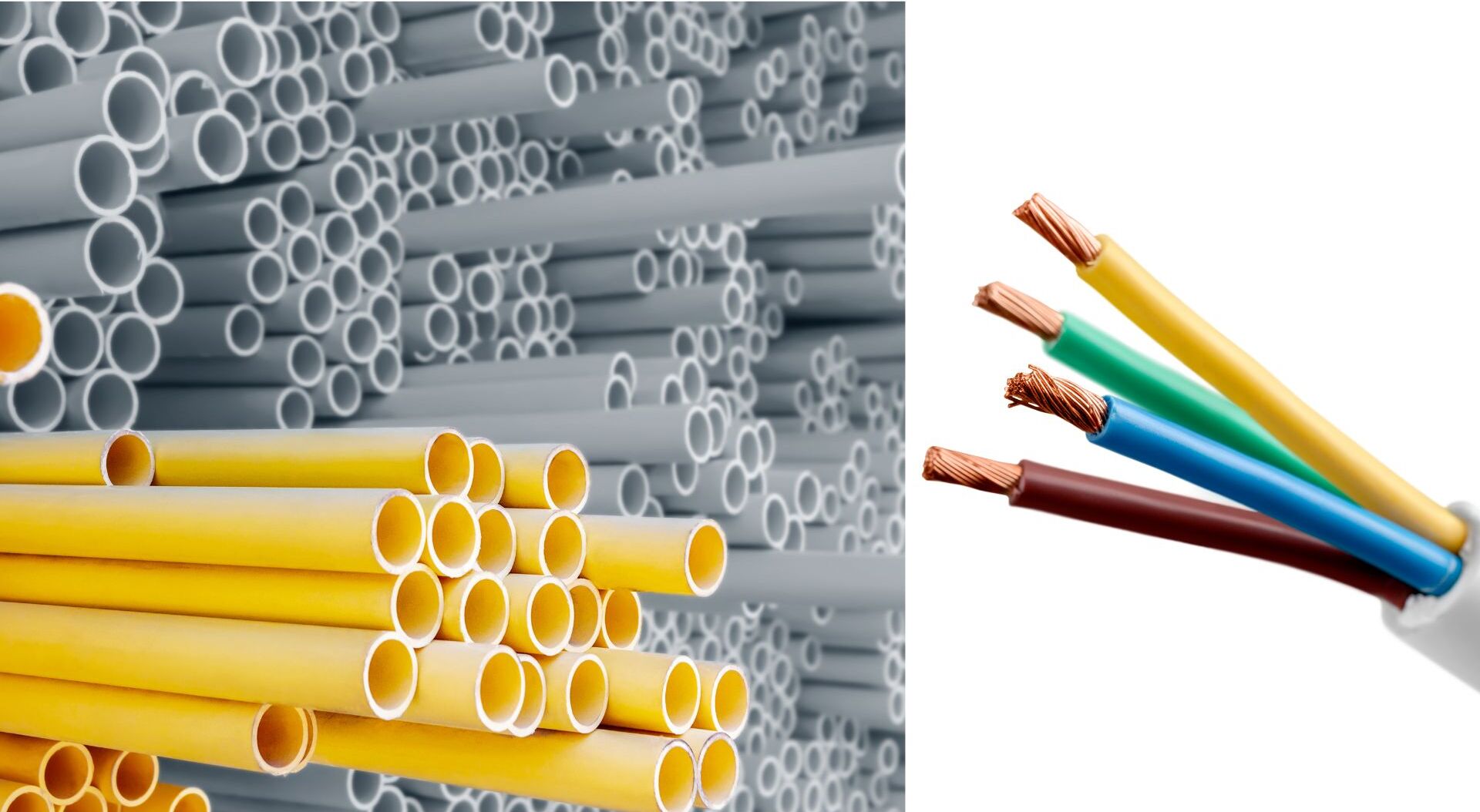
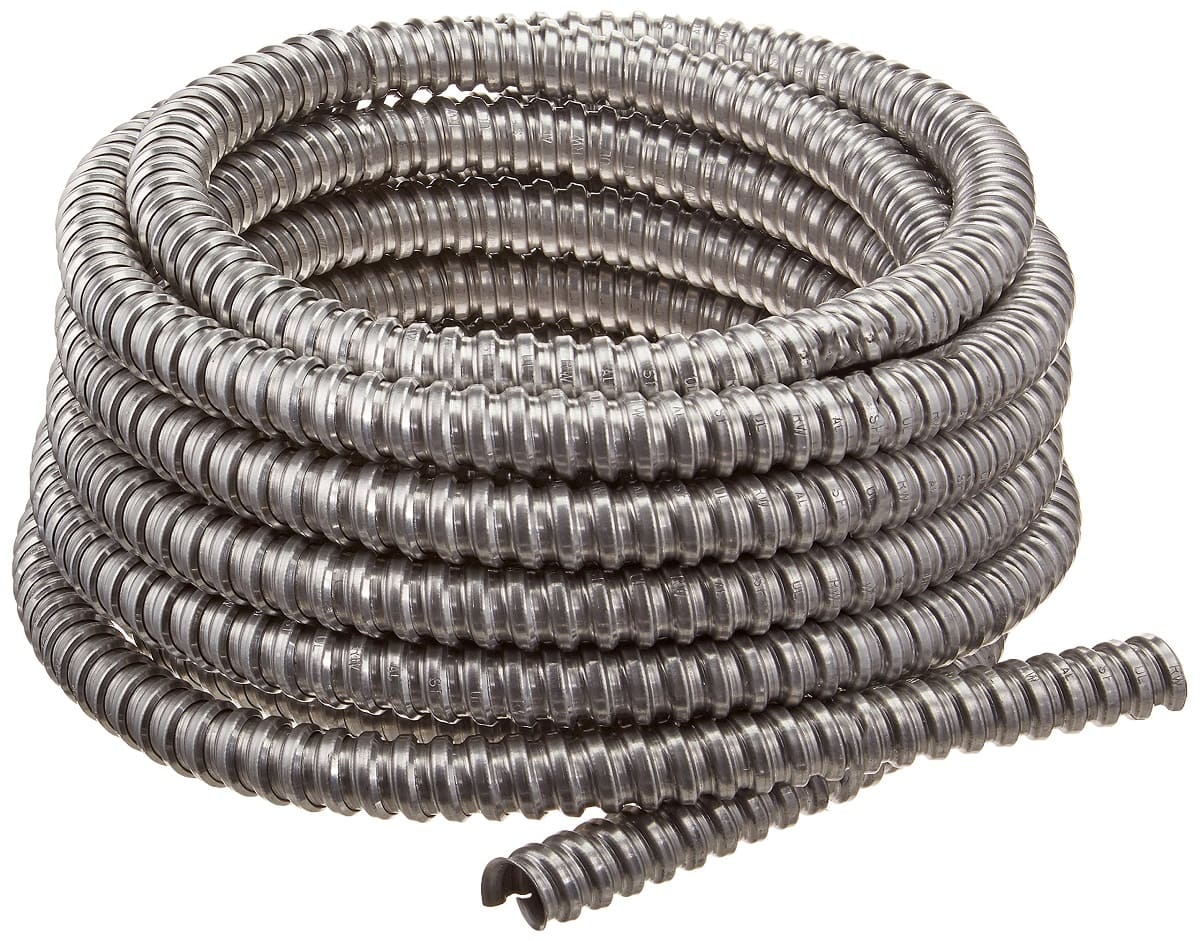
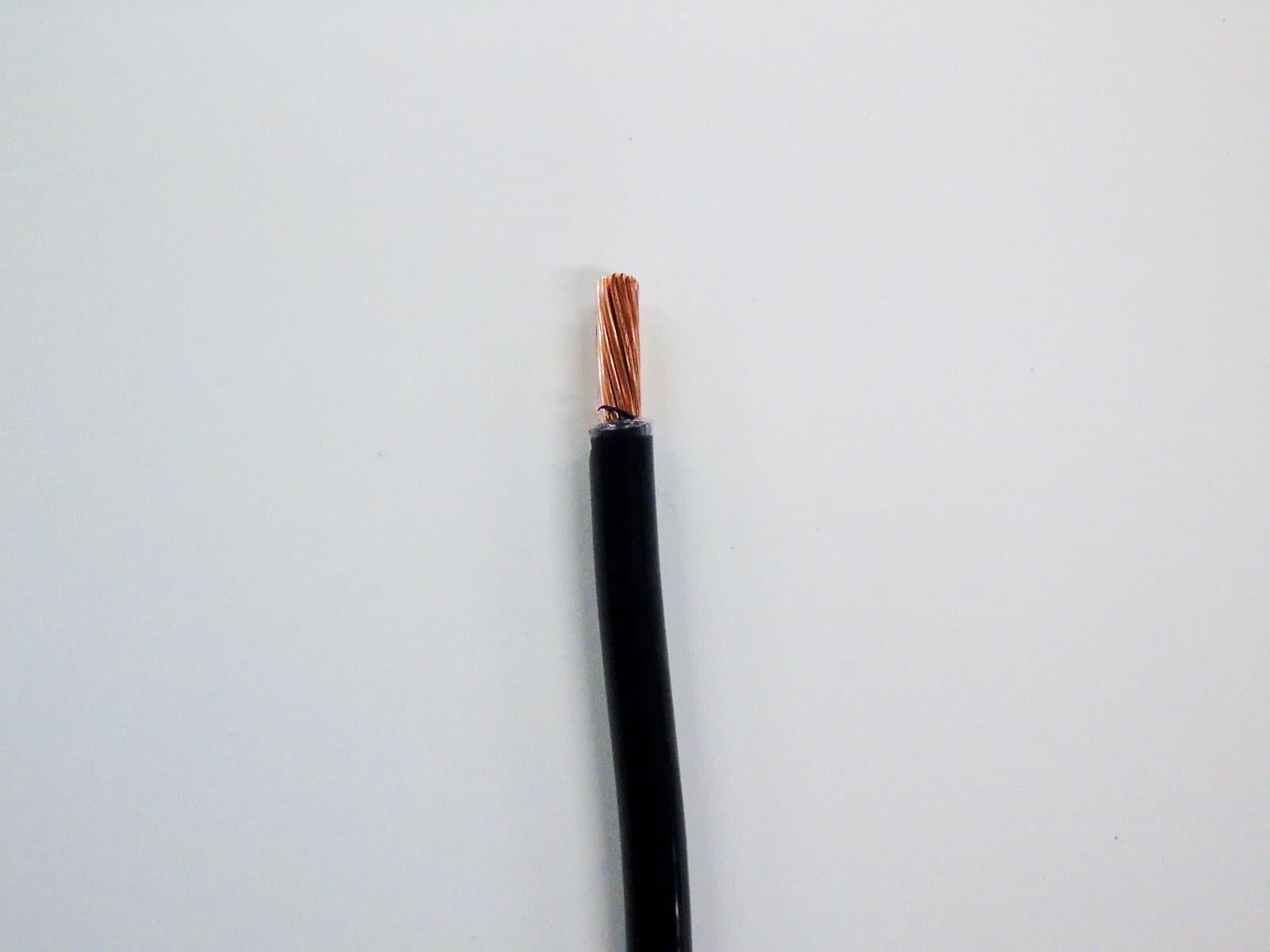
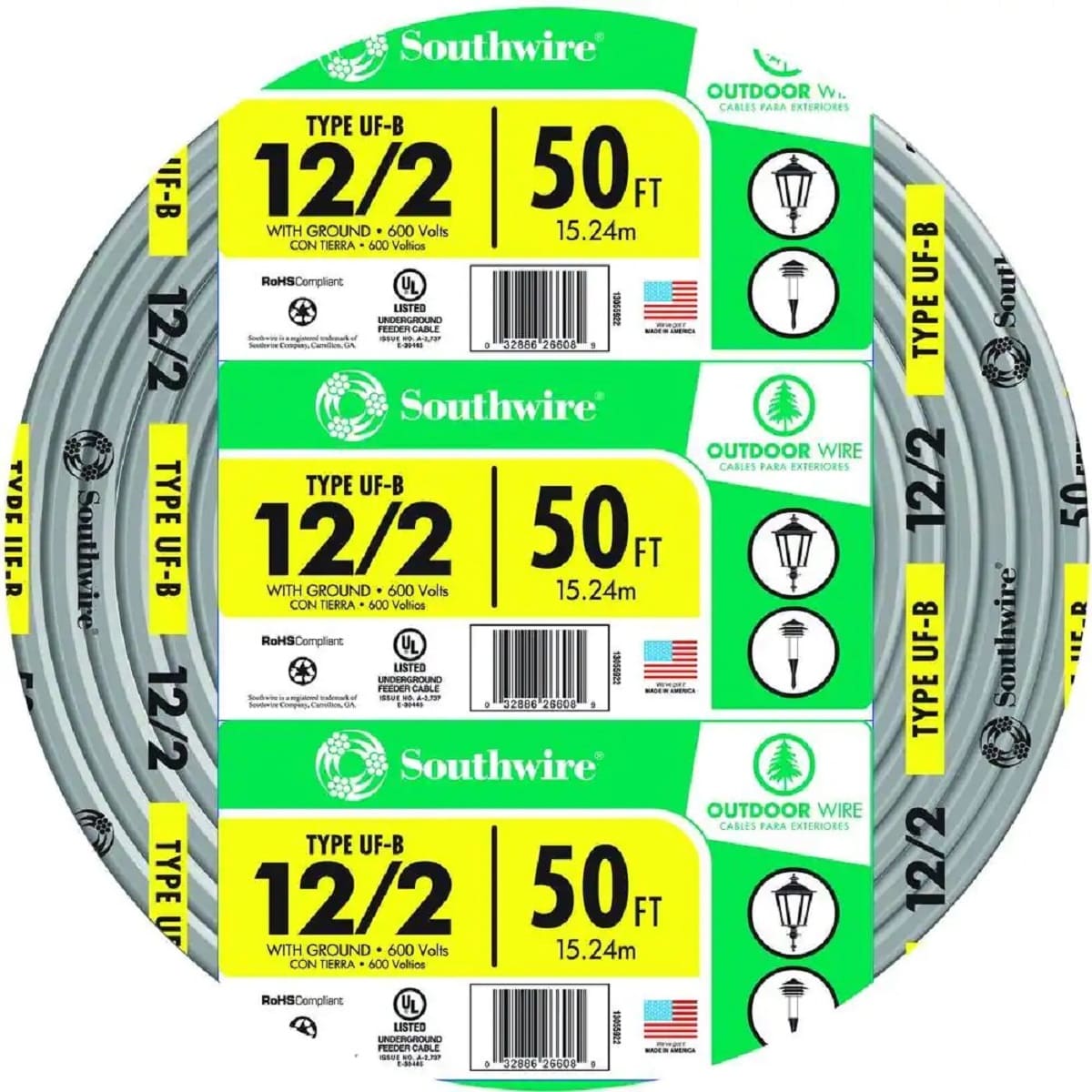
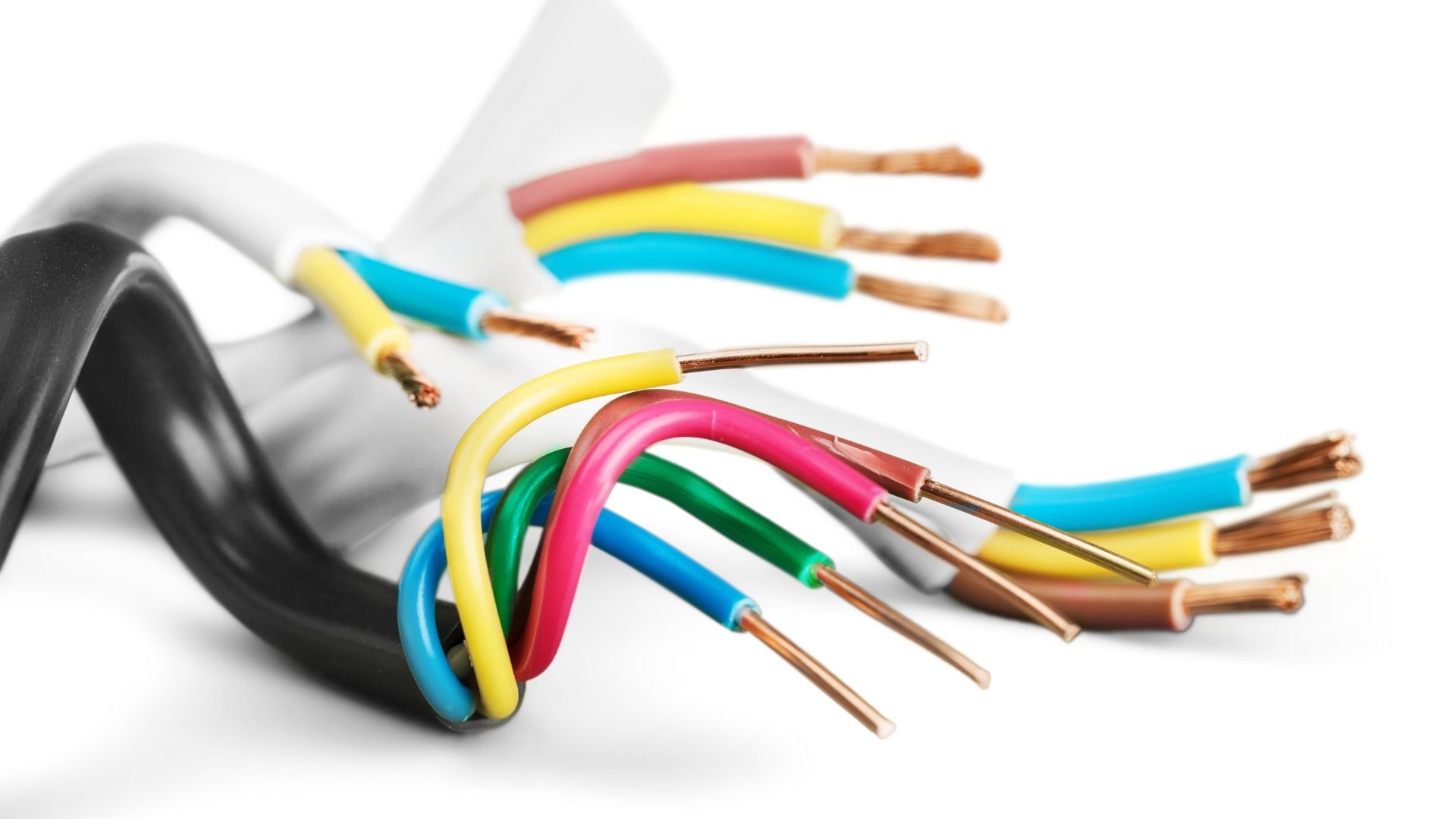
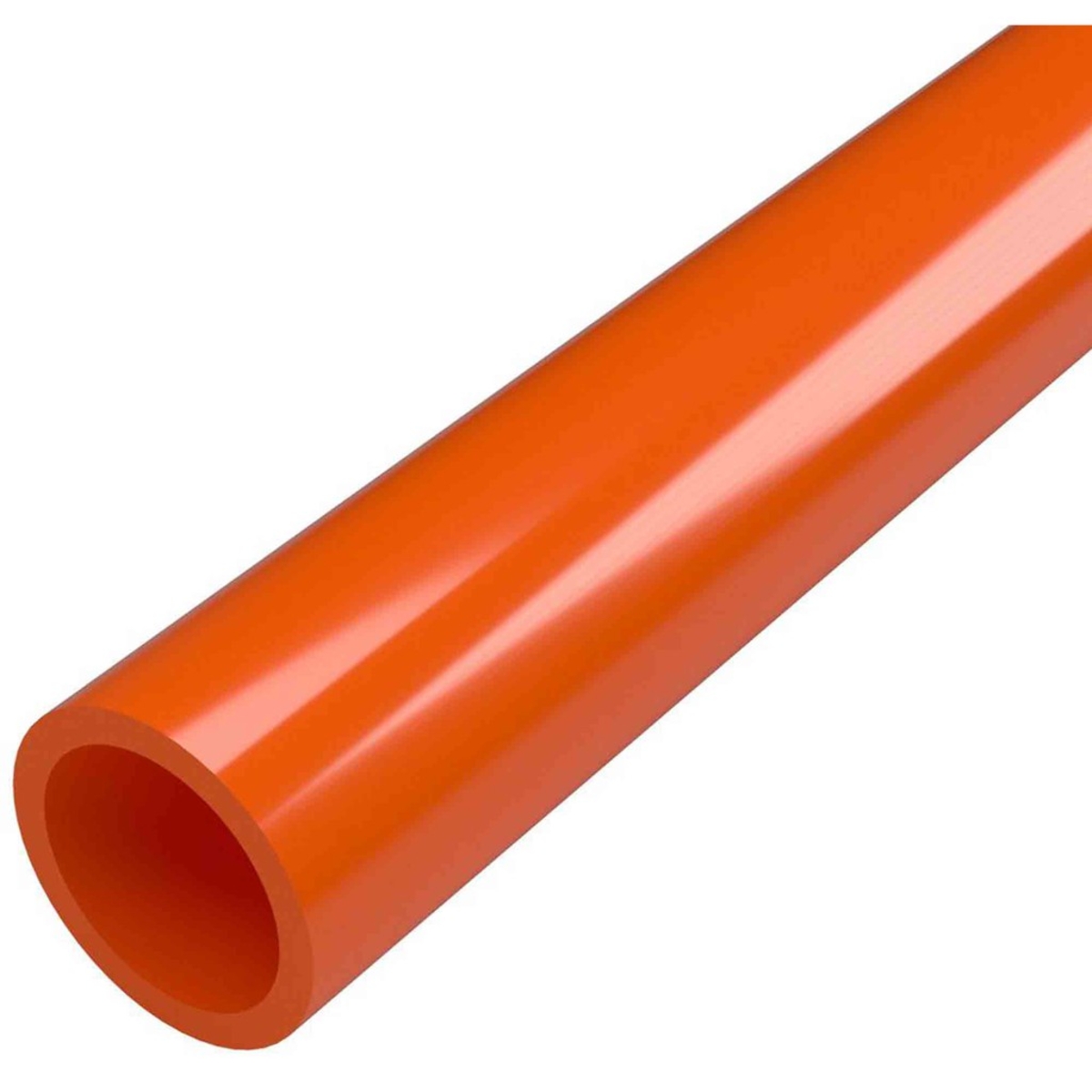
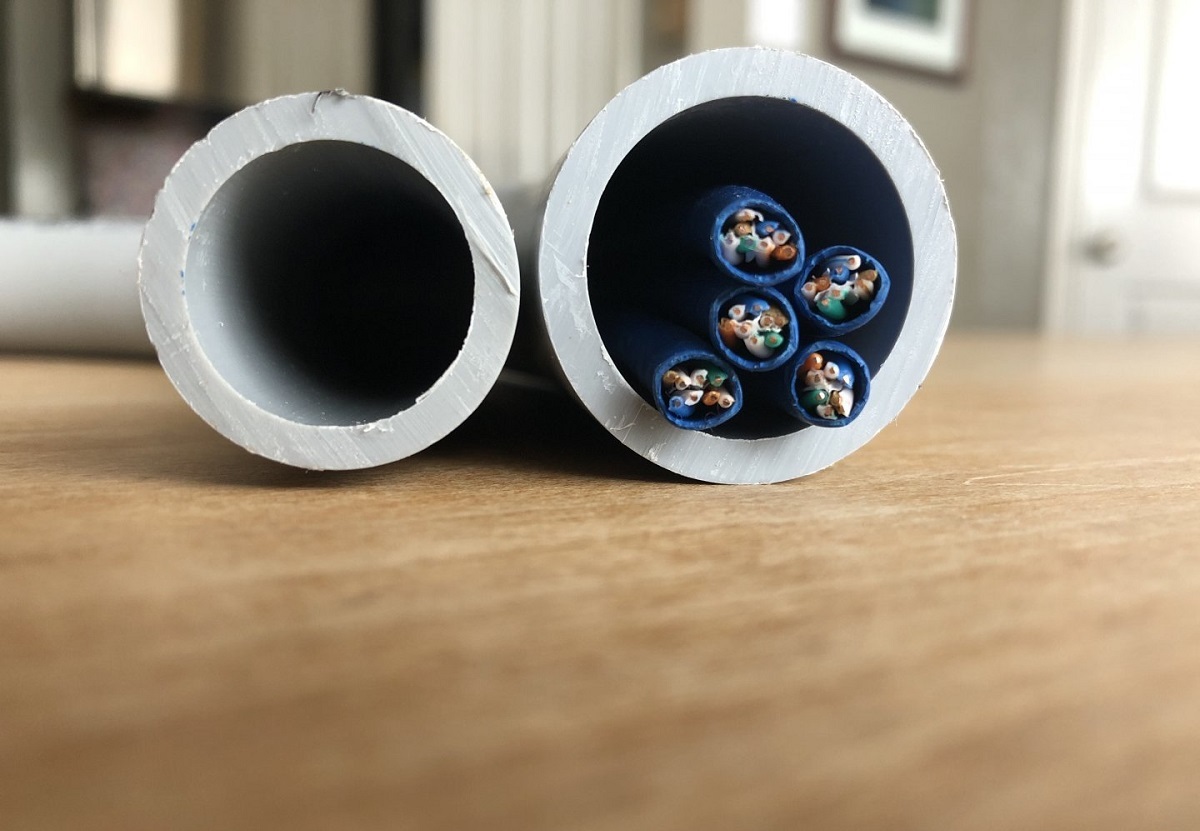
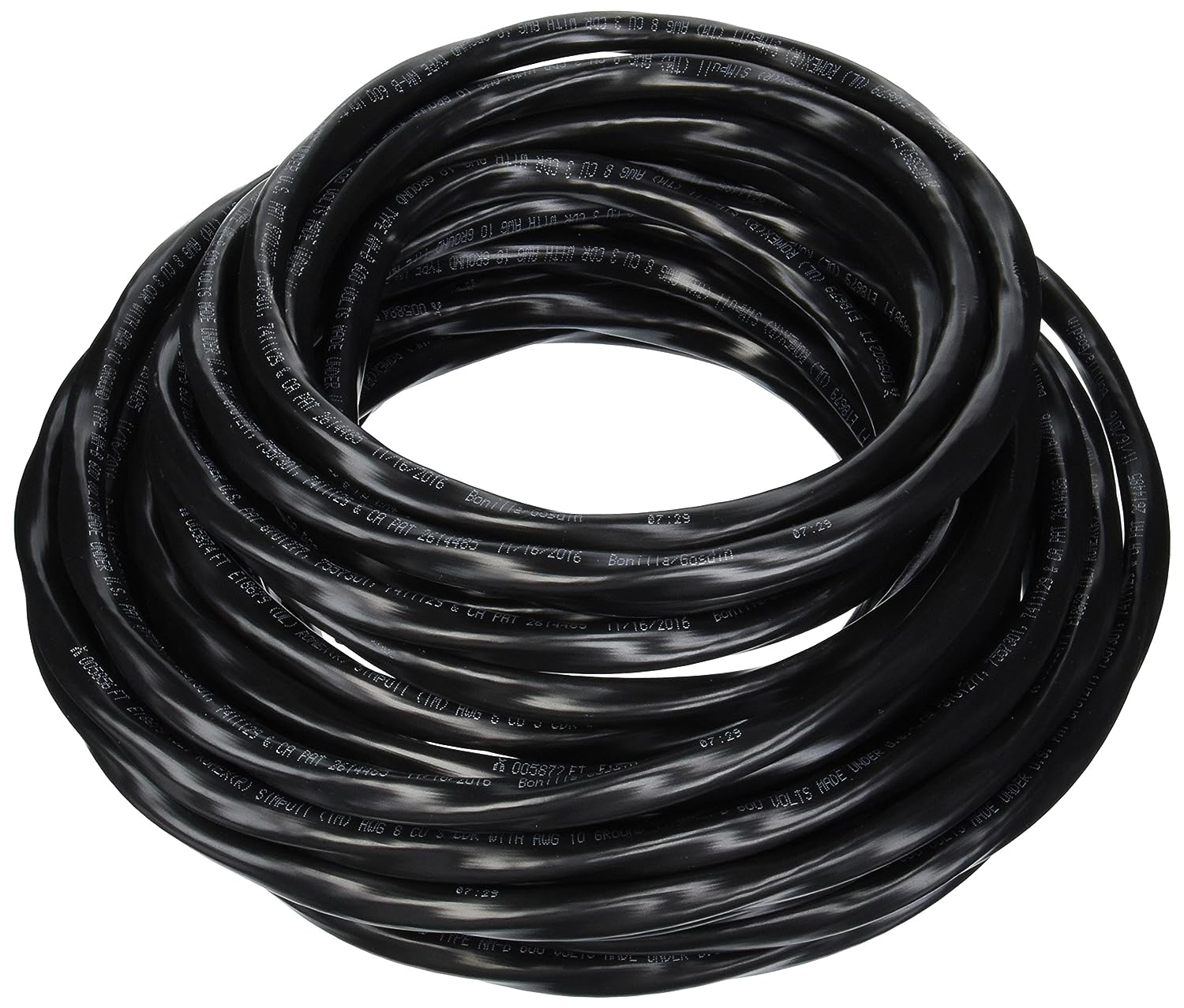
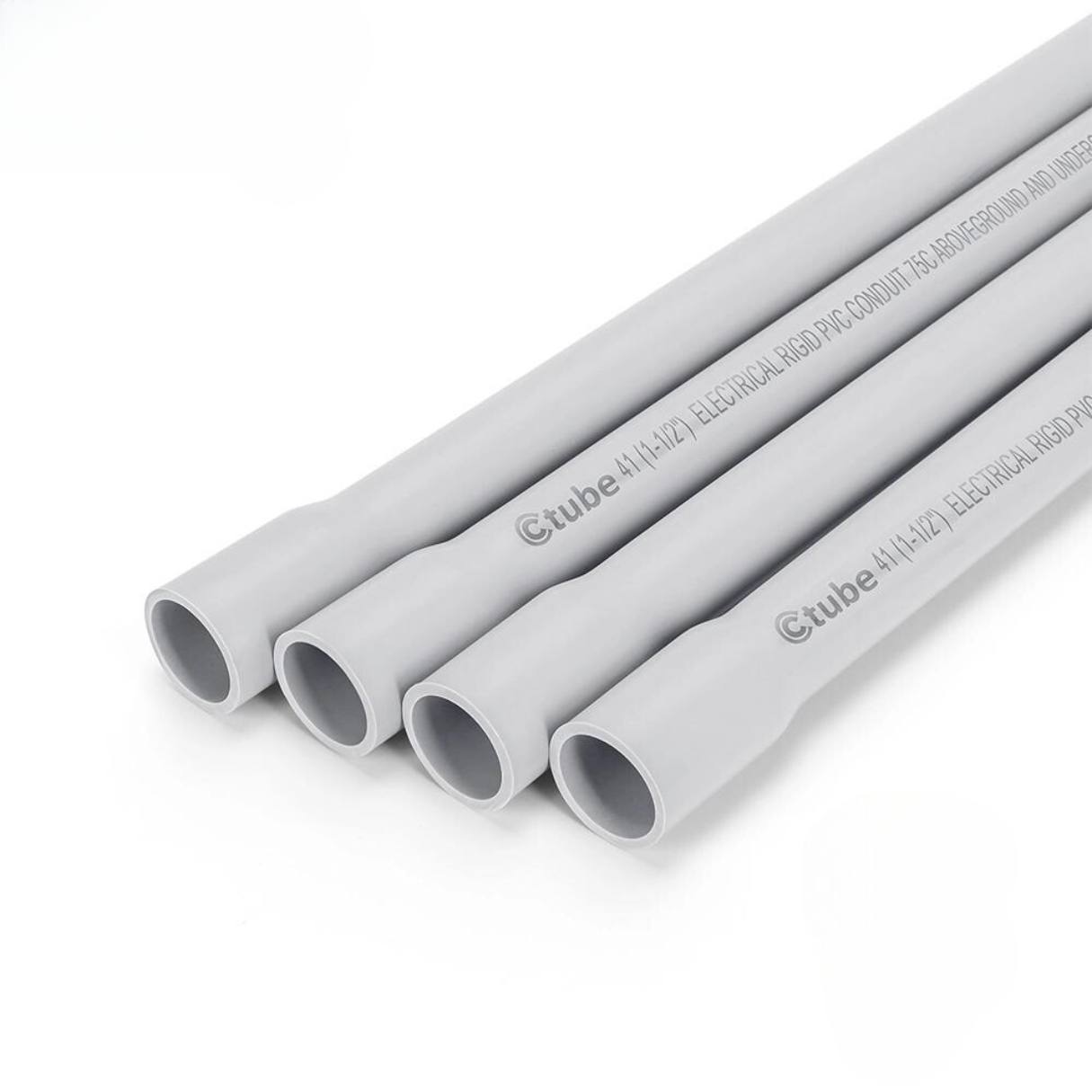
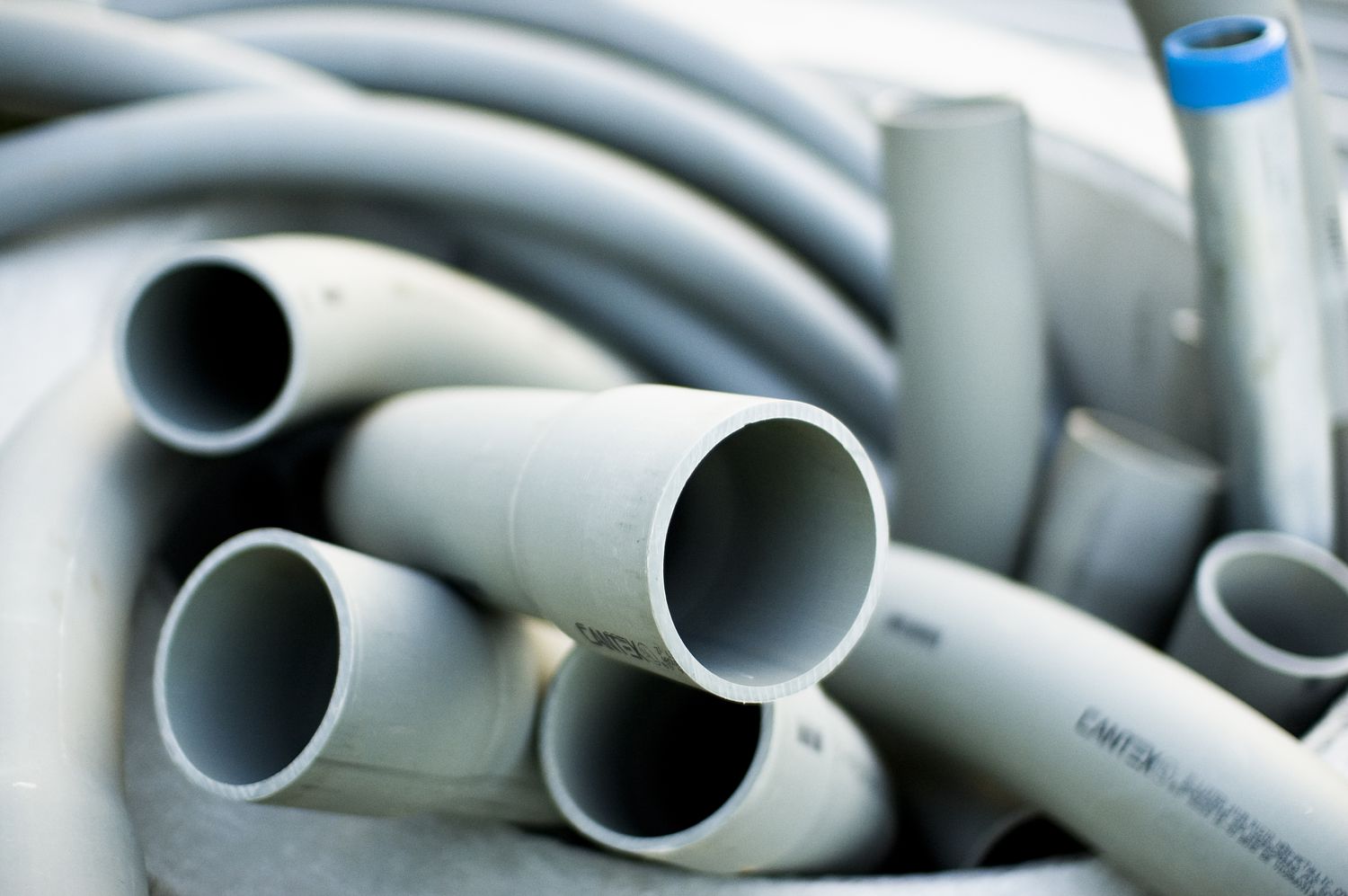
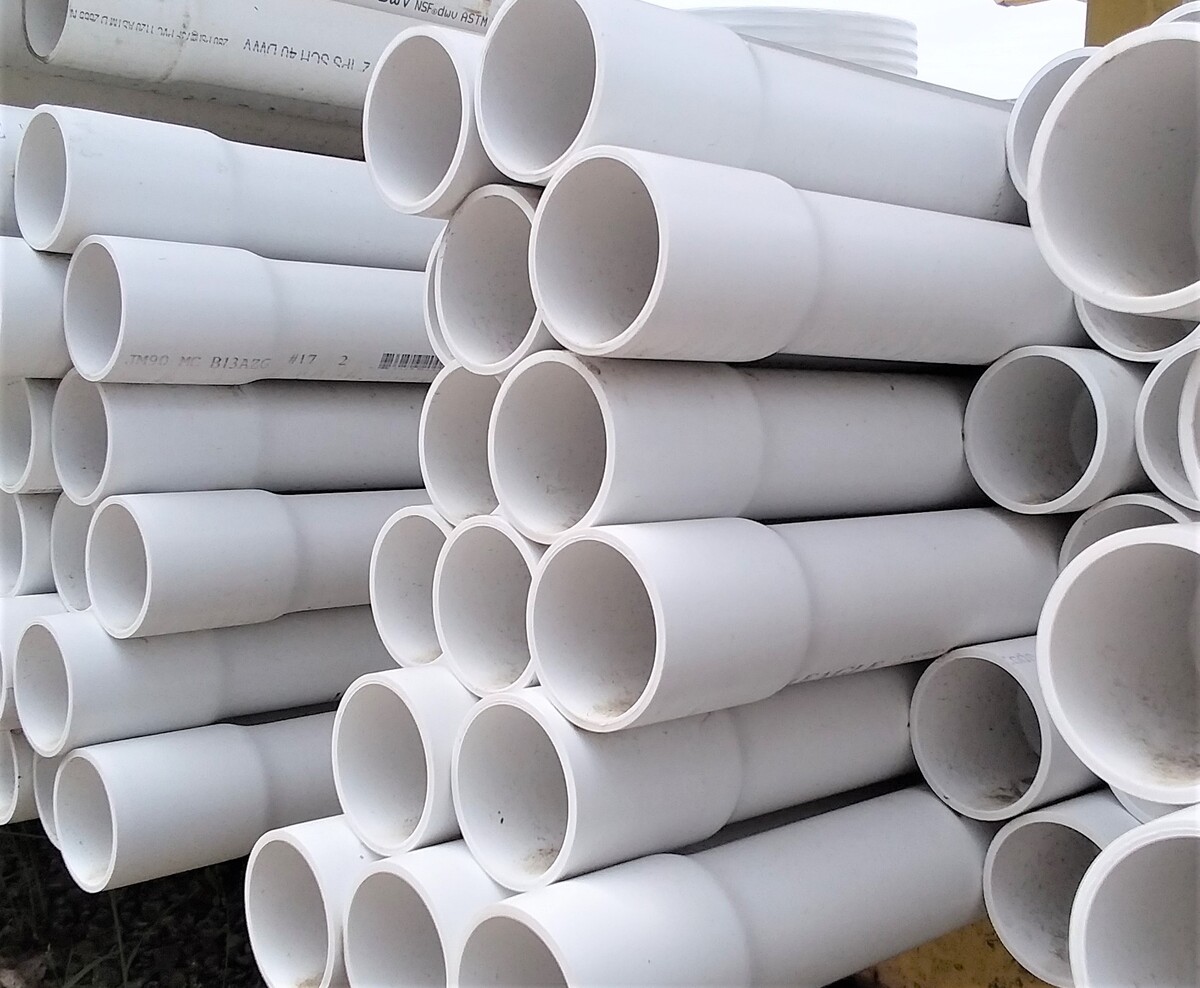

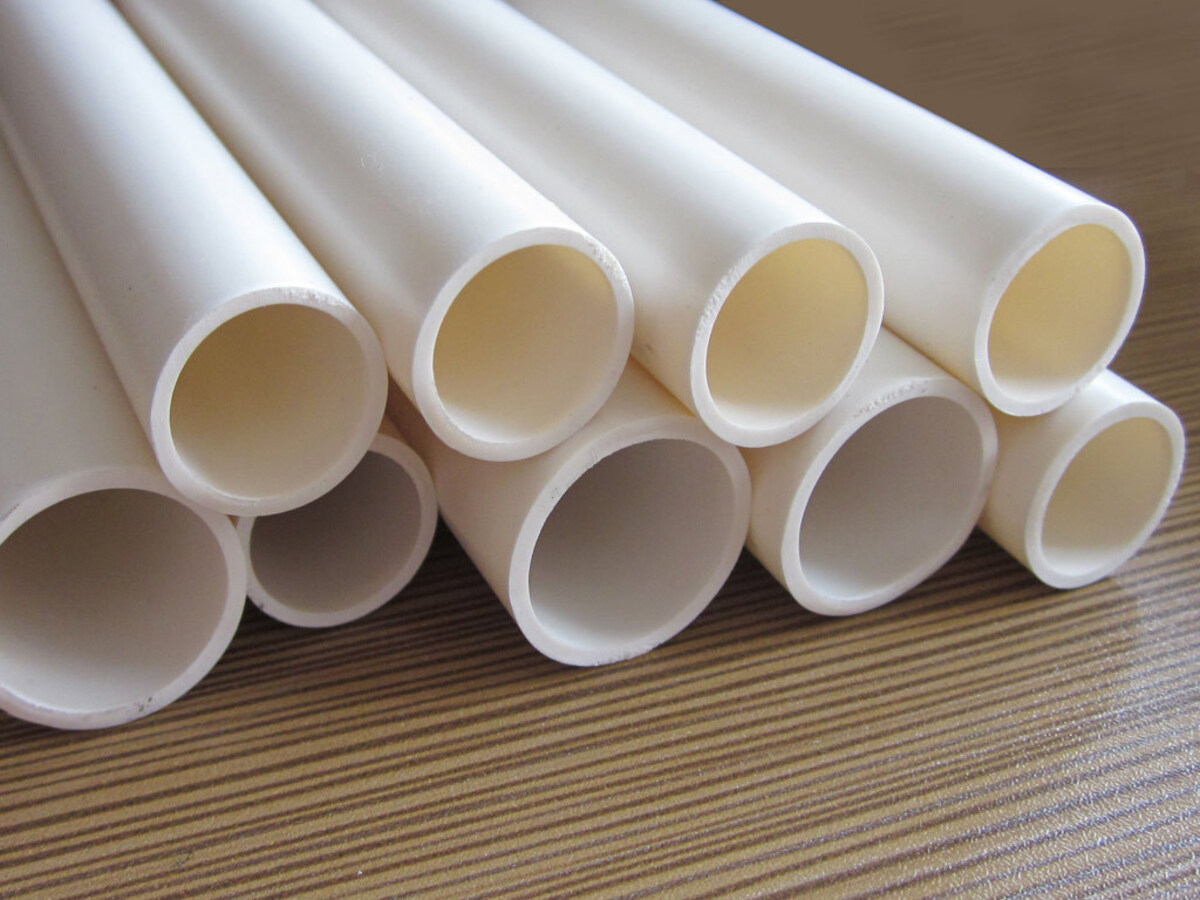
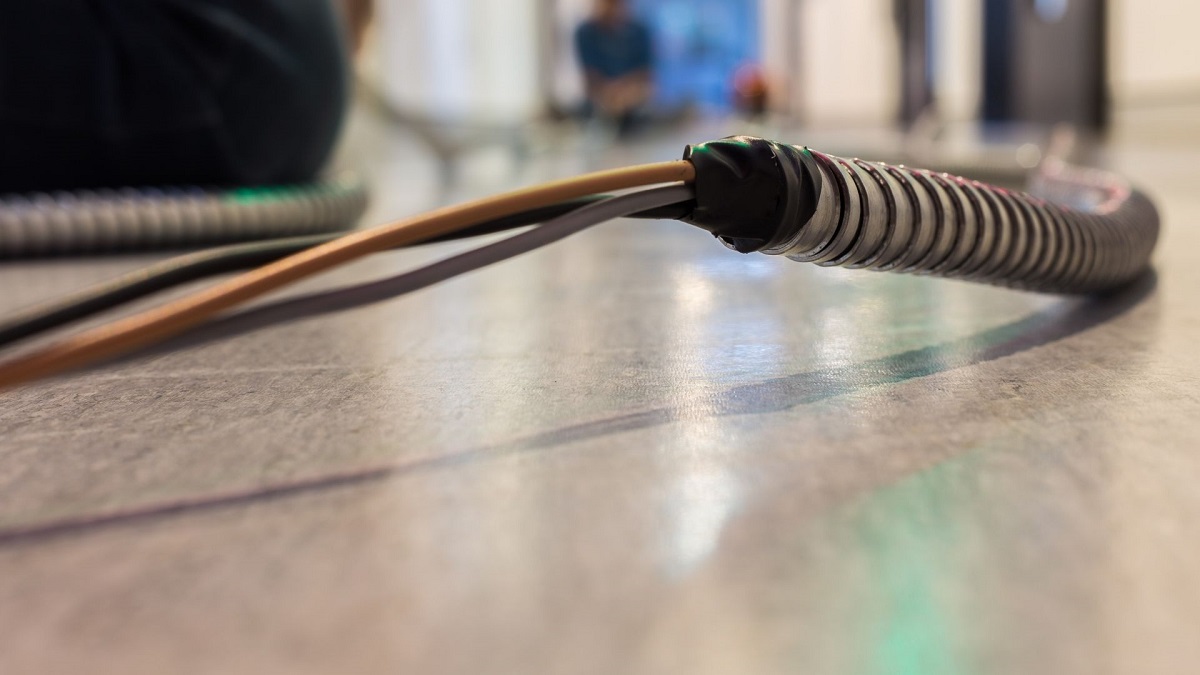

0 thoughts on “How Many Wires In 1 Inch PVC Conduit”